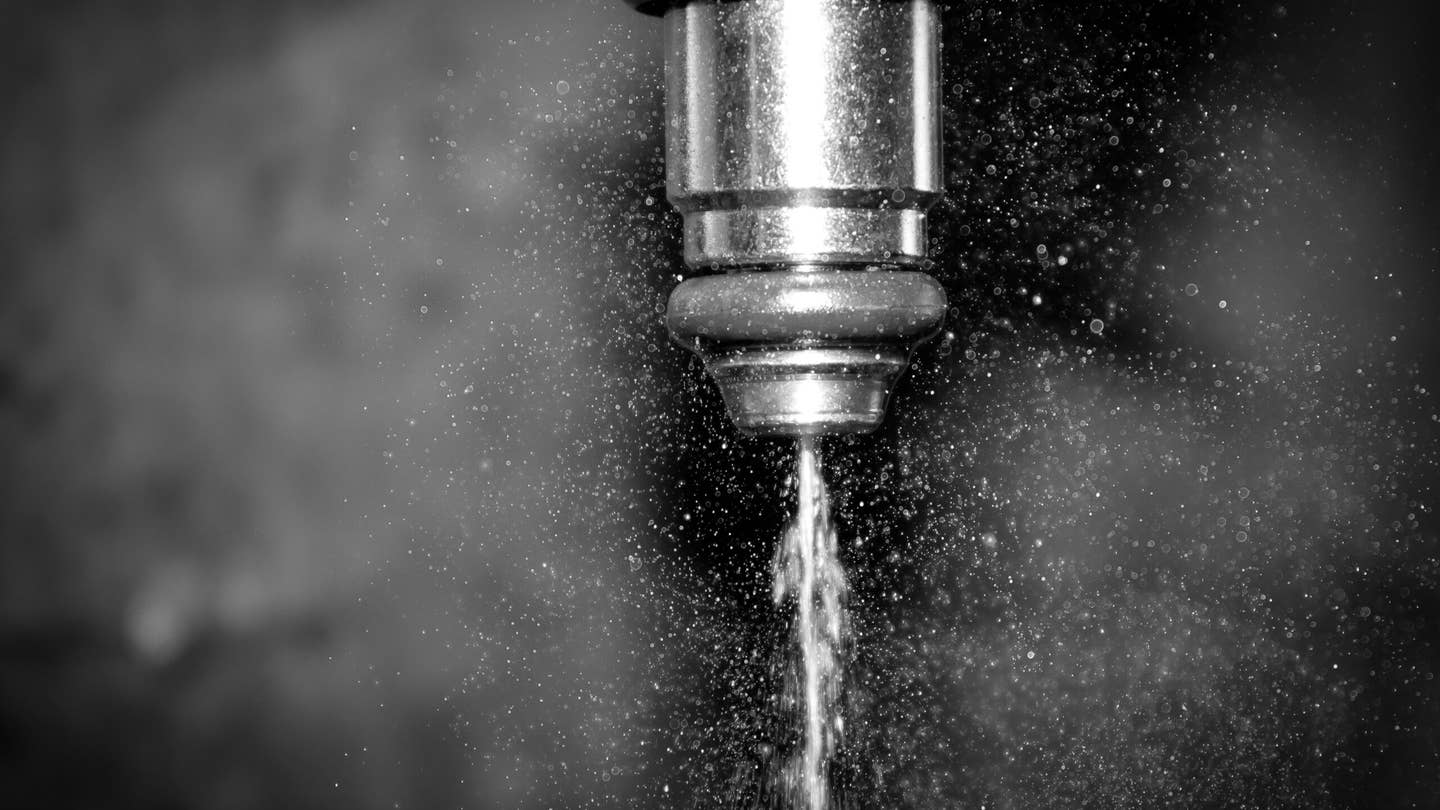How Does Fuel Injection Work?
Fuel injection is one of the biggest reasons why modern cars are so good at everything.

We may earn revenue from the products available on this page and participate in affiliate programs. Learn more ›
Fuel injection is a modern engineering amenity that we largely take for granted. It wasn’t that long ago that the technology that allows our cars to start reliably at any temperature, any altitude, and any conditions was in its infancy and had its own caveats compared to carburetors.
But now, fuel injection powers the vast majority of internal combustion cars, and has done so for the last 30 years.
It’s come a long way since its first days as a mechanical fuel injection system and is largely responsible for the incredible balance of fuel economy, emissions, and power that modern engines possess. It all comes down to the precision with which modern fuel injection can do its job. But how does it work? Well, fine readers, sit back, relax, and let me explain.
Fuel Injection Works In Milliseconds
To understand fuel injection, you need to generally understand how an engine works. At its simplest, an engine is an air pump that ingests an air/fuel mixture, compresses that mixture, ignites it, and exhausts it. One of the most important parameters of an engine is the mixture between air and fuel, and controlling that mixture precisely affects everything. Horsepower, fuel economy, emissions, heat, efficiency, you name it.
In the past, cars used carburetors to meter that air and fuel mixture. Those worked like mechanical computers that operated by using vacuum and press differentials in intricate passages to determine whether the car was at idle, cruise, or full throttle. The trouble with carburetors is that they are pre-tuned with fuel jets of a certain size, meaning that altitude changes or temperature changes drastically change engine output and behavior. In essence, it mixed fuel far before the combustion chamber without much precision. It’s a so-called “open loop” system where the tune of the engine is predetermined.
Fuel injection operates in a completely different way, and has a few variants. But the crucial difference is that fuel injection is precisely timed for its application instead of a carburetor that delivers a consistent mist of fuel. Fuel injection is tuned on the amount of air that enters the intake. Then, a corresponding pulse of fuel is injected for that cylinder event.
The difference between the forms of fuel injection is how the fuel injection is timed. Mechanical fuel injection works without electronics and is physically timed to the engine, usually using one of the engine’s camshafts. Electronic fuel injection is timed using sensors on the engine crankshaft, camshaft, or both, to determine the correct timing and length of injection.
The biggest advantage to electronic fuel injection (EFI), by far the most common form of injection, is that it can operate closed loop. This means that the EFI can actively tune itself depending on conditions, always optimizing fuel mixture based on readings from either the mass air flow sensor or manifold pressure sensor, or oxygen sensor. This means that the car can start effortlessly in below-freezing temperatures at 14,000 ft and then immediately do the same thing at 110 degrees Fahrenheit at sea level.
Of the modern EFI systems, there are two major types: direct injection and port injection. Direct injection is now seeing ubiquity as the dominant form of gasoline fuel injection and has been the dominant diesel fuel injection system for some time. It injects fuel directly into the combustion chamber at extraordinarily high pressures, around 2,900 psi in the case of the current Volkswagen EA888 engine. This allows the fuel to be sprayed in an almost atomically fine mist in short bursts to promote maximum mixing of air and fuel, and an absurdly precise amount of fuel per injector pulse. One of its major downsides is that it takes more maintenance than port injection and leaves behind the infamous carbon buildup on valves because the fuel would normally clean the valves in a port injection engine.
The other is port injection, which has been the dominant form of EFI since the late ‘90s. The fuel injectors are positioned in the intake ports before the valves, meaning the fuel and air is mixed before the valve, then further mixed in the combustion chamber. It also has the benefit of cleaning the back of the valves, preventing carbon buildup. It is still a precise form of fuel delivery and is capable of excellent fuel economy, but the extra step of direct injection has been important for emissions. Nonetheless, plenty of cars are still port injected, and some automakers even employ both port and direct injection in the name of maintenance and reliability.
Why A Fuel Injection Is Necessary
We all know how the story goes: ever-tightening emissions rules have forced innovation for the internal combustion engine. If it wasn’t for the EPA in the ‘70s, we’d live in a much different country. As it become more difficult to maintain emissions compliance through to the ‘80s with carburetors, automakers switched en masse to fuel injection by the ‘90s. It was certainly driven by emissions, but the fuel economy, dependability, and simplicity of EFI became overwhelmingly superior to carburetors.
And it is a simpler, more reliable method of delivering fuel than carburetors. Most EFI can self-diagnose issues, making repairs simpler. Parts are cheap and ubiquitous and are mostly shared across many automakers. It is not as easy to modify or repair in the field as a carburetor, but the reliability of fuel injection far outstrips that of a carburetor.
Video

The Drive and its partners may earn a commission if you purchase a product through one of our links. Read more.
